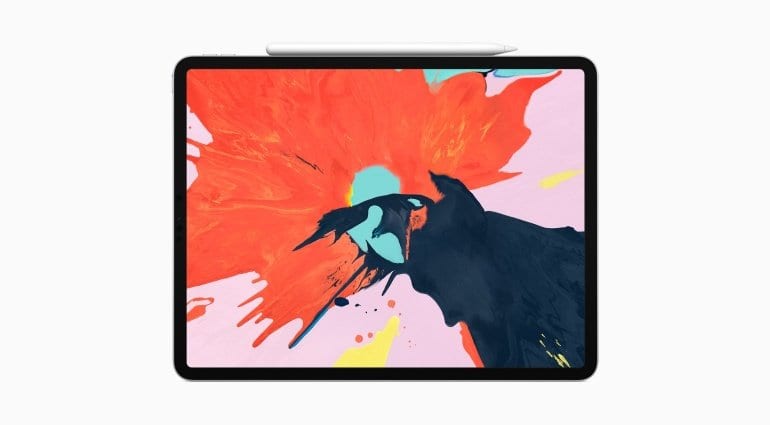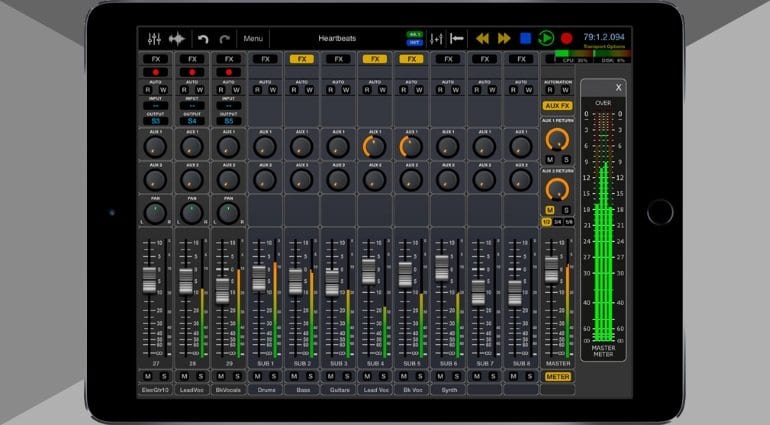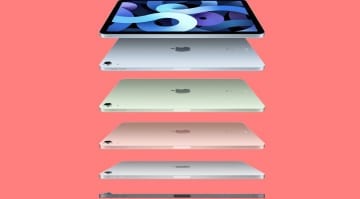How to choose the best iPad for music production in 2019
This week, Apple introduced a new iPad starting at USD 329. With a big 10.2-inch display and support for the Apple Pencil and Smart Keyboard accessories, this is the nicest and most capable the entry-level iPad has ever been. Is it, however, the one to get for iOS music making?
I have some reservations. Let’s line up some iPads and then jump to conclusions! But first, we have to get some things out of the way:
- This article presumes you are buying new. There are simply too many variables when buying used, though feel free to use this information on the hunt for a finely aged iPad.
- This isn’t “how to choose an iPad.” This is “how to choose an iPad for music production.” If you want to squeeze in gaming, movies, work and anything else an iPad is good at besides making music, your needs are different.
- Processing power is not a major deciding factor. The lowest you can go with a present-gen iPad is the A10 Fusion chip. Elderly as it is, I doubt you will come close to maxing it with just music apps. The A12 chip in the other models basically gets you future-proofed and sneaking in a game or two during breaks. All iPads are rated at up to 10 hours of battery life, regardless of the processor.
- Splurging on an iPad Pro for music production only makes sense if:
A) You have mission-critical USB-C gear in your mobile setup.
B) You require up to a terabyte of storage for the insane amount of music you churn out with your tablet, or 10-inch screens feel cramped.
C) You have the bank balance of an oil tycoon.
If you don’t qualify for at least two of the above, get a lesser iPad and pocket the rest or spend it on apps.
With these out of the way, let’s see what’s left on the stand.
Base Model iPad Comparison
iPad
Starts at USD 329 for the base model, which offers a 10.2-inch display, A10 Fusion CPU, and 32GB of storage. Note that the effectively available storage is around 27GB because of the file system and iOS files, and you always have to keep some free space for acceptable performance. So more like 25 – 26GB.
iPad Mini
Starts at USD 399 for the base model, which offers a 7.9-inch display, A12 Bionic chip, and 64GB of storage (effectively around 58GB).
iPad Air
Starts at USD 499 for the base model, which offers a 10.5-inch display, A12 Bionic chip, and 64GB of storage (effectively around 58GB).
I have the following problems with these base model configurations:
- The iPad has a great screen and the lowest price, but 32GB storage is barely enough considering the wealth of music apps available, not to mention any app expansions and sound files you will amass. Add a bit of “casual use” content like books, games and multimedia, and you will run out of space in no time.
- The iPad Mini is a terrific little bugger with the ‘big boy’ chip and twice the iPad’s storage for just USD 70 on top. However, an 8-inch screen will feel cramped compared to a 10-incher. Some music apps fill the touchscreen with controls (knobs, faders, buttons, etc.) which means you will see less of them at once, or they will be smaller and more difficult to use.
- I think the base iPad Air is a overpriced for what it has against the iPad in practical terms. We’re talking a USD 170 premium for only twice the storage and a faster chip that you don’t really need for music apps. If you use the tablet for gaming and productivity alongside music, then you will benefit from the added muscle. Otherwise it’s a firm no.
Extended Options Comparison
Looking beyond the base models presents the following choices:
- Pay USD 429 (USD 100 over base model) for a 128GB iPad.
- Pay USD 549 (USD 150 over base model) for a 256GB iPad Mini.
- Pay USD 649 (USD 150 over base model) for a 256GB iPad Air.
Note that these are Wi-Fi model prices. I presume cellular connectivity is not a requirement in our case.
Conclusions
- The USD 429 128GB iPad is the most sensible choice for music production in terms of how much you pay for what you receive. You get the big screen, enough performance, three times the base model storage and twice the storage required for comfortable work. You miss out on a few years of future-proofing and playing the latest games or running very complex music sessions that, by all means, handle better on an actual computer. Really, how many parallel apps, audio tracks and AUs can you juggle on that touchscreen before you are exasperated?
- If you think you can benefit from the souped-up performance, the base model iPad Air is an okay-ish purchase. It has the big screen, a very powerful chip, and the available storage holds a good amount of apps, games, and content – though I can’t help but feel it can be maxed relatively quickly.
- The iPad Mini is the most competitively priced out of the three, but the smaller screen is holding me back from recommending it wholeheartedly. Any Apple store or reseller carries the current iPads, so I suggest showing up in person, comparing how the Mini feels against the other guys, and deciding for yourself whether the size difference is tolerable or a deal-breaker.
5 responses to “How to choose the best iPad for music production in 2019”

















Is the new 10.2 big enough for reading leadsheets on stage (or any kind of charts except for big band scores or such)?
Great advice, thank you!
This is just the info I needed. Thanks 🙏
Right on Joe, and welcome to 2020. I’m sure Lyobomir is excited that his year old article which mentions outdated pricing for old models was helpful a year later.
So you say a stronger processor is not really needed ¿ Can someone please explain ?